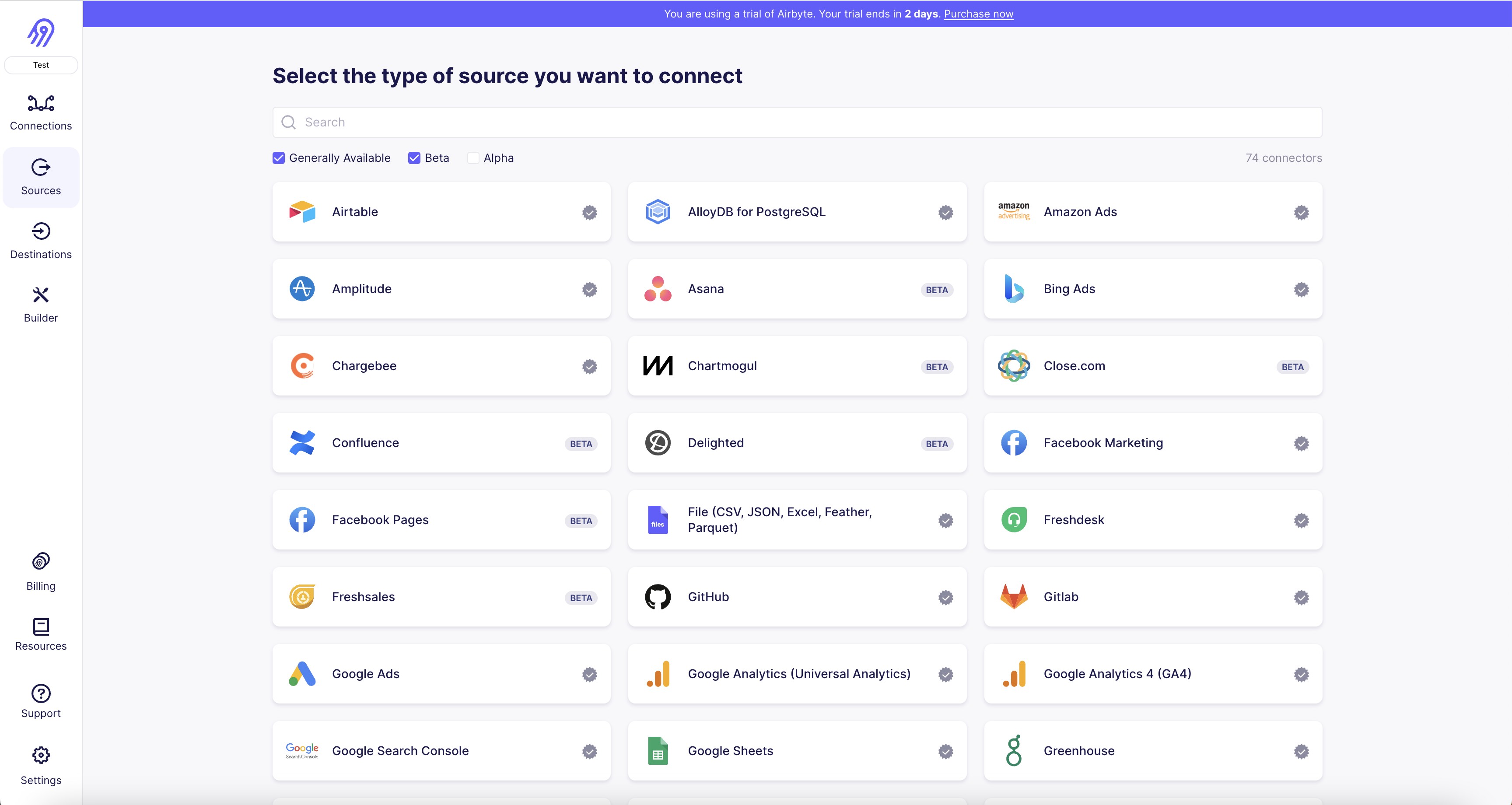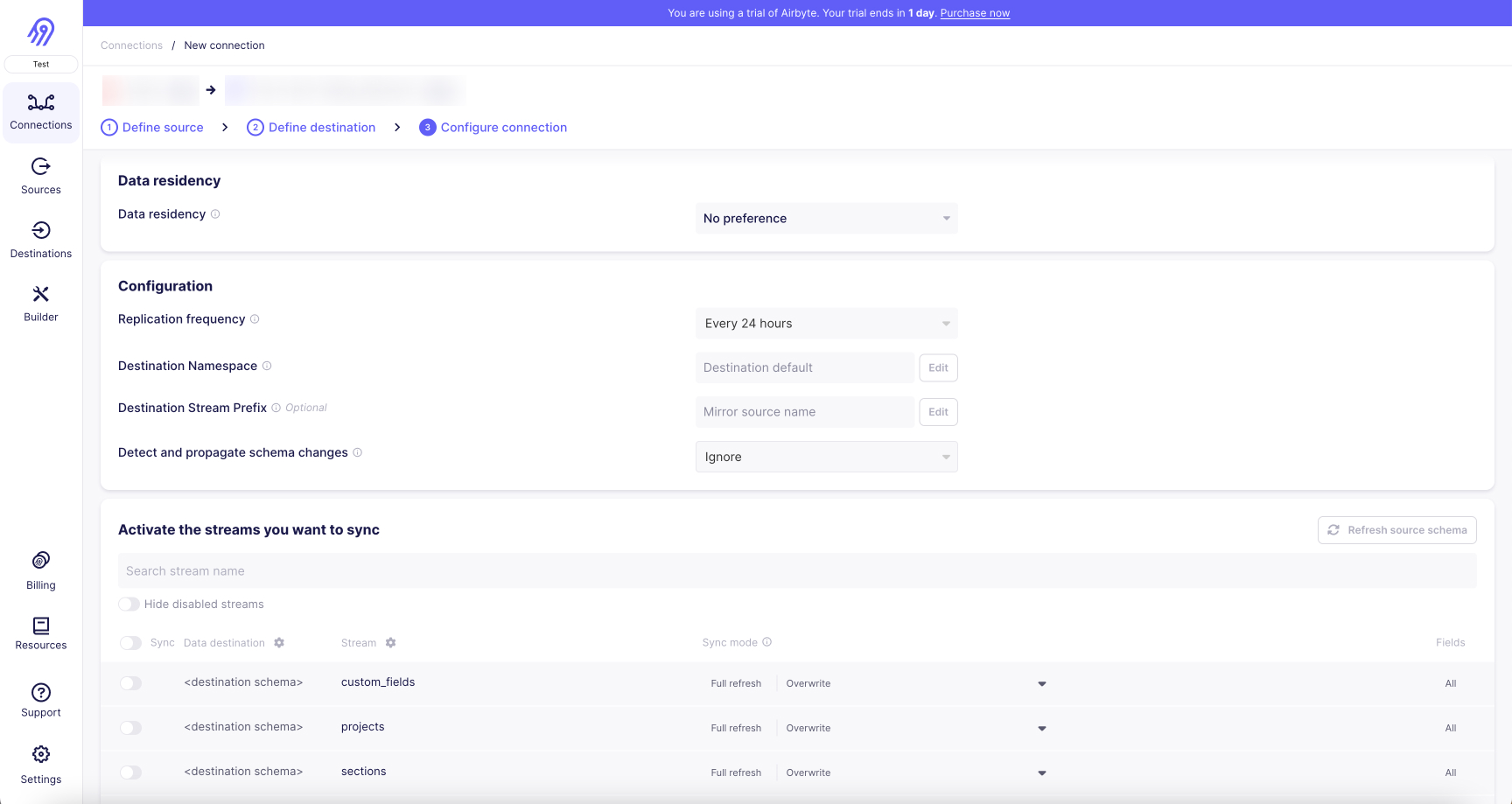Asana is a computer software company specializing in work management and productivity. Providing a collaborative platform for teams from different professions, it is known for its ability to manage the largest and most complex business tasks. Asana helps replace overwhelming numbers of emails, spreadsheets, and reminders with a comprehensive solution that keeps everything you need in one place. Its extreme versatility enables businesses to monitor both day-to-day tasks and the overall progress and goals of entire projects.
CSV (Comma Separated Values) file is a tool used to store and exchange data in a simple and structured format. It is a plain text file that contains data separated by commas, where each line represents a record and each field is separated by a comma. CSV files are widely used in data analysis, data migration, and data exchange between different software applications. The CSV file format is easy to read and write, making it a popular choice for storing and exchanging data. It can be opened and edited using any text editor or spreadsheet software, such as Microsoft Excel or Google Sheets. CSV files can also be imported and exported from databases, making it a convenient tool for data management. CSV files are commonly used for storing large amounts of data, such as customer information, product catalogs, financial data, and scientific data. They are also used for data analysis and visualization, as they can be easily imported into statistical software and other data analysis tools. Overall, the CSV file is a simple and versatile tool that is widely used for storing, exchanging, and analyzing data.

1. First, navigate to the Asana source connector page on Airbyte.com.
2. Click on the "Add Source" button to begin the process of adding your Asana credentials.
3. In the "Connection Configuration" section, enter your Asana Personal Access Token. You can find instructions on how to generate a Personal Access Token in the Asana documentation.
4. Next, enter the Workspace ID for the Asana workspace you want to connect to. You can find your Workspace ID by going to the Asana API documentation and following the instructions provided.
5. In the "Sync Schema" section, you can choose which tables you want to sync data from. By default, all tables will be selected.
6. Once you have entered your credentials and selected your tables, click on the "Check Connection" button to ensure that your credentials are correct and that Airbyte can connect to your Asana workspace.
7. If the connection is successful, click on the "Create Source" button to finalize the process and begin syncing data from your Asana workspace to Airbyte.
8. You can now use Airbyte to transform and load your Asana data into your desired destination, such as a data warehouse or BI tool.

1. Open the Airbyte platform and navigate to the "Destinations" tab on the left-hand side of the screen.
2. Click on the "CSV File" destination connector.
3. Click on the "Create new connection" button.
4. Enter a name for your connection and select the workspace you want to use.
5. Enter the path where you want to save your CSV file.
6. Choose the delimiter you want to use for your CSV file.
7. Select the encoding you want to use for your CSV file.
8. Choose whether you want to append data to an existing file or create a new file each time the connector runs.
9. Enter any additional configuration settings you want to use for your CSV file.
10. Click on the "Test" button to ensure that your connection is working properly.
11. If the test is successful, click on the "Create" button to save your connection.
12. Your CSV File destination connector is now connected and ready to use.

With Airbyte, creating data pipelines take minutes, and the data integration possibilities are endless. Airbyte supports the largest catalog of API tools, databases, and files, among other sources. Airbyte's connectors are open-source, so you can add any custom objects to the connector, or even build a new connector from scratch without any local dev environment or any data engineer within 10 minutes with the no-code connector builder.
We look forward to seeing you make use of it! We invite you to join the conversation on our community Slack Channel, or sign up for our newsletter. You should also check out other Airbyte tutorials, and Airbyte’s content hub!
What should you do next?
Hope you enjoyed the reading. Here are the 3 ways we can help you in your data journey:



What should you do next?
Hope you enjoyed the reading. Here are the 3 ways we can help you in your data journey:



Should you build or buy your data pipelines?
Download our free guide and discover the best approach for your needs, whether it's building your ELT solution in-house or opting for Airbyte Open Source or Airbyte Cloud.

Ready to get started?
Frequently Asked Questions
Asana's API provides access to a wide range of data related to tasks, projects, teams, and users. The following are the categories of data that can be accessed through Asana's API:
1. Tasks: Information related to individual tasks, including their status, due date, assignee, and comments.
2. Projects: Data related to projects, including their name, description, and associated tasks.
3. Teams: Information about teams, including their name, description, and members.
4. Users: Data related to individual users, including their name, email address, and profile picture.
5. Tags: Information about tags used to categorize tasks and projects.
6. Attachments: Data related to files and other attachments associated with tasks and projects.
7. Custom Fields: Information about custom fields used to track additional data related to tasks and projects.
8. Workspaces: Data related to workspaces, including their name, description, and associated teams.
Overall, Asana's API provides access to a comprehensive set of data that can be used to build custom integrations and automate workflows.

.png)